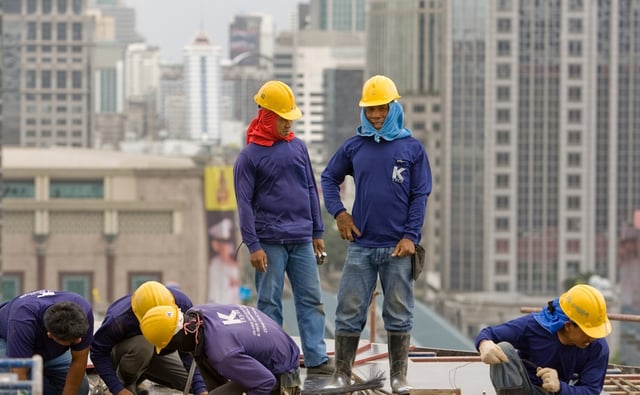Overview
- WHO and WMO issued a joint report updating decades‑old guidance, citing 2024 as the hottest year on record and more frequent days above 40–50°C.
- The report, drawing on ILO analyses, says over 2.4 billion workers face excessive heat, contributing to about 22.85 million injuries and nearly 19,000 deaths each year.
- Documented health risks include heatstroke, dehydration, kidney dysfunction and neurological effects that jeopardize immediate safety and long‑term health.
- Worker productivity falls roughly 2–3% for every degree Celsius above 20°C, with impacts spanning outdoor labor and heat‑intensive indoor workplaces.
- The agencies recommend tailored heat action plans, improved diagnosis and training, prioritization of vulnerable workers, and collaboration among employers, unions and health authorities.



